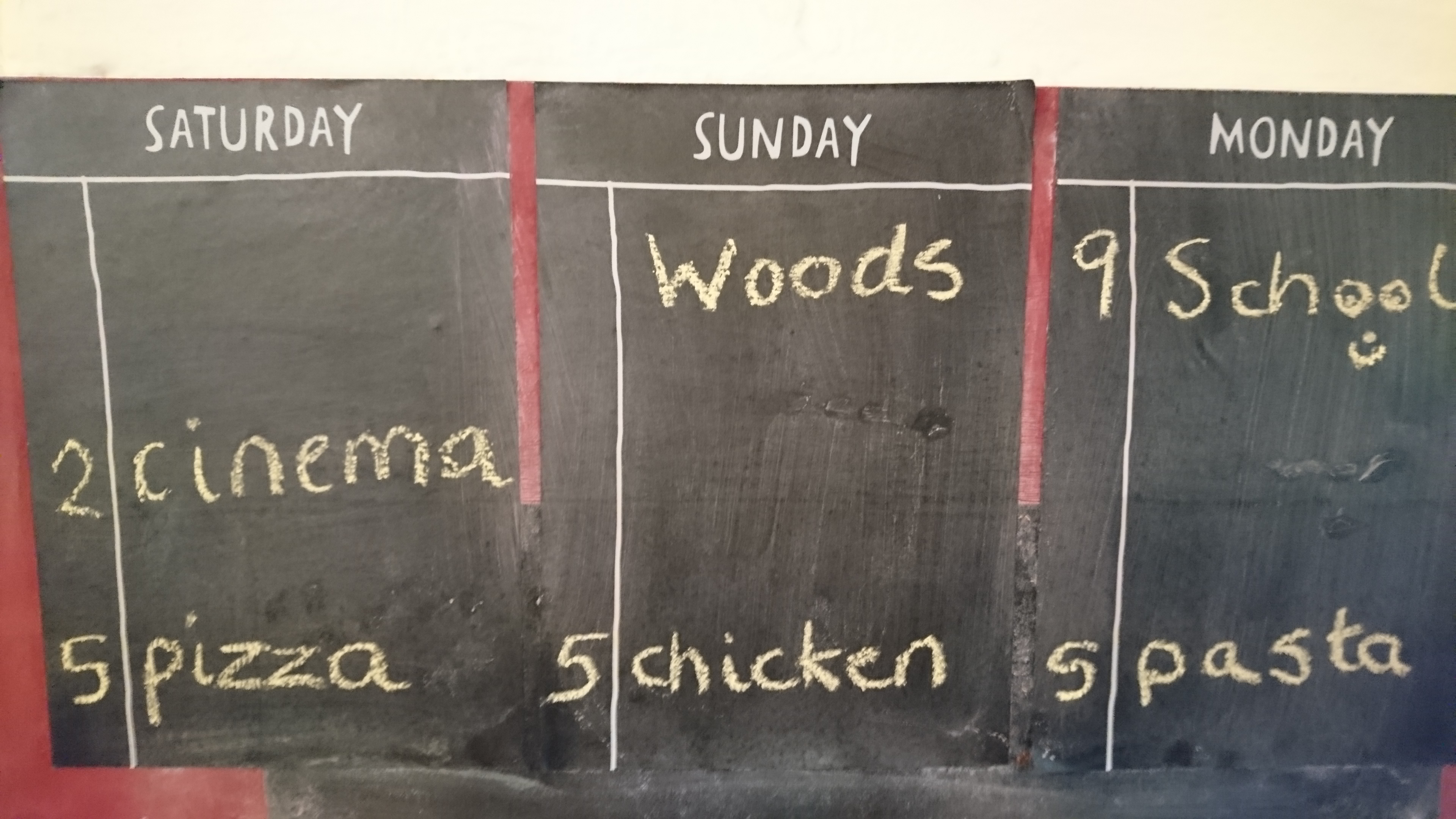Welcoming a new child into your home
Angela has been a foster carer for five years. She and her husband, Simon, specialise in looking after sibling groups aged four upwards. Here she shares some tips which have helped her when welcoming a new foster child into her home.
Welcoming a new foster child into your home
I remember my first day at big school, feeling overwhelmed by the other kids and the maze of buildings. Most of us can remember those daunting days. That’s the closest situation I can personally relate to, but it doesn’t come close to how children/young people must feel arriving at a new foster home.
Most of our placements have been planned, so we’ve been able to learn more about the needs of the children and prepare for their arrival. That enabled us to personalise their bedrooms to a certain extent and find out more about their hobbies and favourite foods. Those things are expected and tend to involve the children, but what can you do in advance to welcome them to your home?
In light of that overwhelming feeling on a first day where I couldn’t take much in, how could I help them? Would wearing name tags help? Should I put stickers on the bathroom door so they know which one it is? Are they worried about what time dinner is served? Or whether it will be served at all? Have they had boundaries before? Or a bedtime routine? Are they frightened of the dark? Of bath time?
What can you see?
We always start with a comprehensive booklet about our family tailored to each child. Their social workers use this document before they meet us. Its aim is to answer some of those unanswered questions. The biggest success we had was when we hid a polar bear in the background of one of the photographs of the house. Having read through it with them, the social worker got them to see if they could spot it. It helped to engage them in the process and spotting the polar bear during their first time here made that visit so much more exciting! As well as pictures of the home and family, we like to include little stories. For example: ‘This is Ellie, our cat. She has a very loud purr and likes to hide in boxes.’ Again, this helps with visits. 'She’s the one with the loud purr, isn’t she?'
Dinner is coming
 We use a blackboard to write up what's happening each day. For the first few weeks, we also write what's for dinner and what time it will be served. That's particularly important for those who've been neglected and reassures them dinner is coming every day. It’ll also highlight their food preferences have been thought about and included. When the children aren’t able to read, I draw what we’re having for dinner, which is hugely entertaining for everyone!
We use a blackboard to write up what's happening each day. For the first few weeks, we also write what's for dinner and what time it will be served. That's particularly important for those who've been neglected and reassures them dinner is coming every day. It’ll also highlight their food preferences have been thought about and included. When the children aren’t able to read, I draw what we’re having for dinner, which is hugely entertaining for everyone!
Where will I sit?
We have "scrabble" letter placemats for the dinner table. We buy their letter of the alphabet in advance so they feel part of the family on their first day. It also helps to alleviate their concerns about where they sit. When we’ve had sibling groups, we’ve explored taking it in turns to set the table so they have some involvement in where they sit on that day.
Sharing photographs and stories
With the child's permission, we add some of their photographs to our digital photo frame. It's nice when some of their pictures come up and we don't know who they are or what the pic is about and can open up a conversation about it. It helps them understand more about us as they see pictures and start to learn who’s in our family. Our stories become theirs. Their stories become ours.
Follow the feet
Where we've had younger placements concerning going to the toilet at night; in addition to the usual nightlights, we put glow in the dark footprints leading from their bedroom to the bathroom so they knew where it was.
A strange bed in a strange house
It’s logical to have brand new clean pyjamas at the ready, but there’s some comfort to children in the ones they might bring so be sensitive to that. Make sure there’s a good bedtime routine ready, explaining along the way, particularly what happens if they need you at night time.
Like them, I don’t sleep well for those first few days. Be mindful of that and be kind to yourself too.
Read more tips from our members in our Foster Carer magazine issue 171 autumn 2017.
Also, are you a newly approved foster carer? If so, check this blog post out for advice on what to do while you're waiting for your first arrival.





